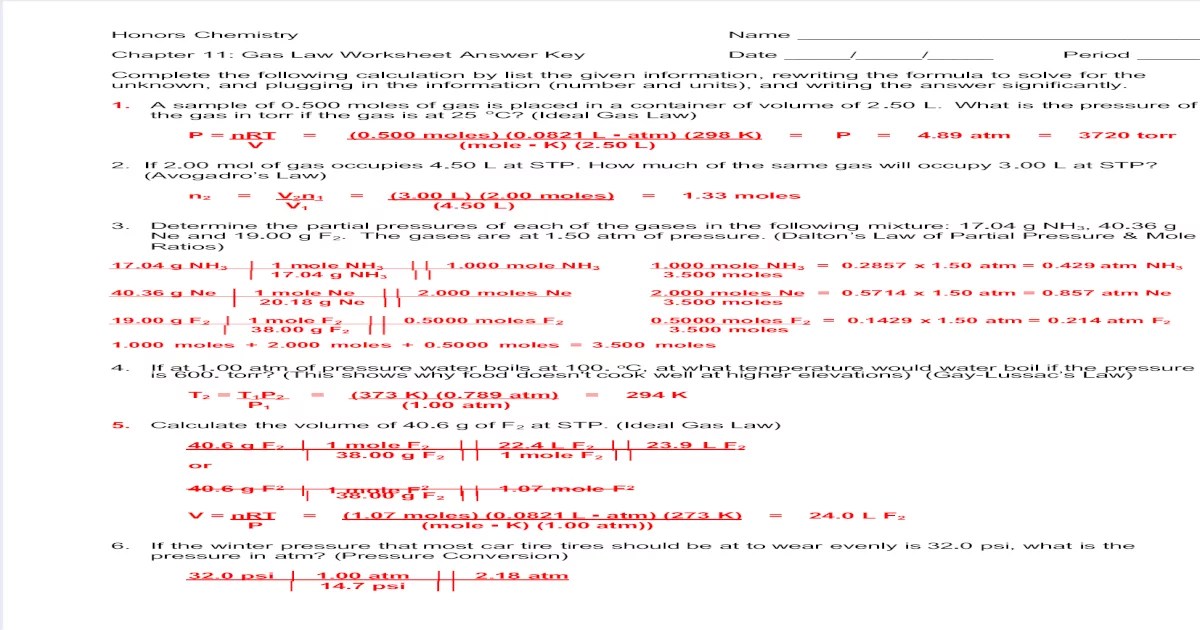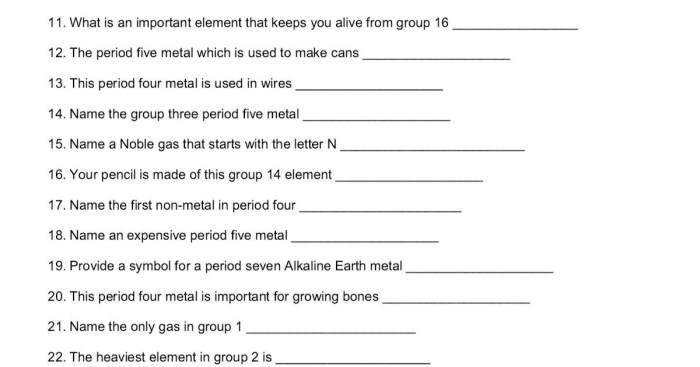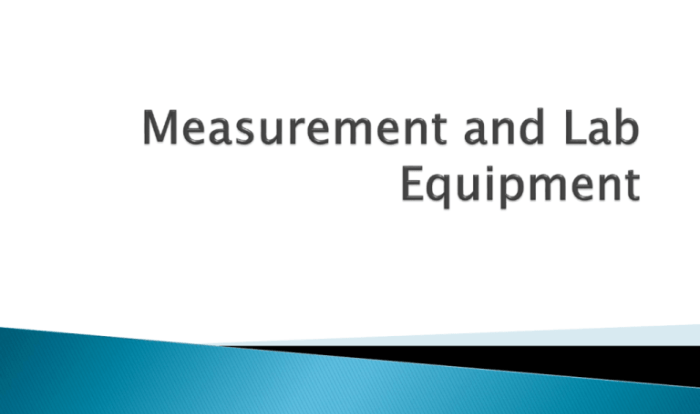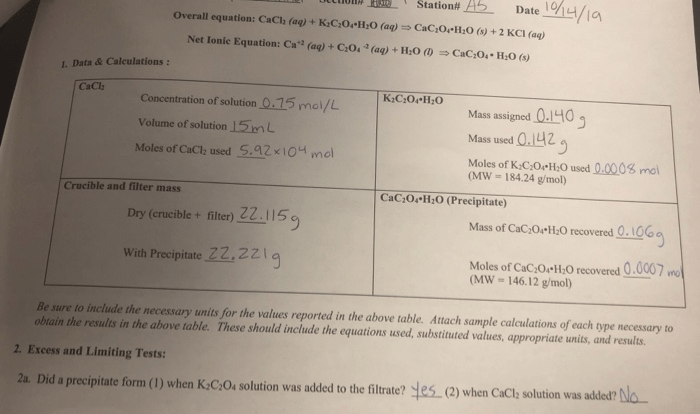Delving into the Ideal Gas Law Packet 12.3 Answer Key, this comprehensive guide unravels the fundamental principles governing the behavior of gases. By exploring the intricate relationship between pressure, volume, temperature, and the number of moles, this key unlocks a deeper understanding of gas dynamics and its myriad applications.
From the foundational concepts of the Ideal Gas Law to its practical applications in real-world scenarios, this packet provides a thorough examination of this essential scientific tool. Through a series of engaging examples and problem-solving exercises, readers will gain a comprehensive grasp of gas behavior and its implications in various fields.
Overview of the Ideal Gas Law
The ideal gas law is a mathematical equation that describes the relationship between the pressure, volume, temperature, and number of moles of a gas. It is a fundamental law of physics that has wide applications in chemistry, engineering, and other fields.
The ideal gas law can be expressed in the following form:
PV = nRT
where:
- P is the pressure of the gas in pascals (Pa)
- V is the volume of the gas in cubic meters (m 3)
- n is the number of moles of gas in moles (mol)
- R is the ideal gas constant, which is equal to 8.314 J/(mol·K)
- T is the temperature of the gas in kelvins (K)
The ideal gas law can be used to solve a variety of problems involving gases. For example, it can be used to calculate the pressure of a gas if its volume, temperature, and number of moles are known. It can also be used to calculate the volume of a gas if its pressure, temperature, and number of moles are known.
Boyle’s Law
Boyle’s law describes the inverse relationship between the pressure and volume of a gas at constant temperature and number of moles. Mathematically, it can be expressed as:
P1V 1= P 2V 2
where P 1and V 1represent the initial pressure and volume, and P 2and V 2represent the final pressure and volume.
Charles’s Law
Charles’s law describes the direct relationship between the temperature and volume of a gas at constant pressure and number of moles. Mathematically, it can be expressed as:
V1/T 1= V 2/T 2
where V 1and T 1represent the initial volume and temperature, and V 2and T 2represent the final volume and temperature.
Avogadro’s Law, Ideal gas law packet 12.3 answer key
Avogadro’s law describes the direct relationship between the number of moles and volume of a gas at constant pressure and temperature. Mathematically, it can be expressed as:
V1/n 1= V 2/n 2
where V 1and n 1represent the initial volume and number of moles, and V 2and n 2represent the final volume and number of moles.
Applications of the Ideal Gas Law
The ideal gas law is a fundamental equation that describes the behavior of gases under various conditions. It has wide-ranging applications in diverse fields, including chemistry, physics, and engineering.
One significant application of the ideal gas law is in determining the molar mass of a gas. By measuring the volume, pressure, and temperature of a known mass of gas, the molar mass can be calculated using the ideal gas law.
This information is crucial for identifying unknown gases and determining the molecular formula of compounds.
Determining Gas Density
The ideal gas law also plays a vital role in calculating the density of gases. By measuring the pressure, temperature, and volume of a gas sample, the density can be determined using the formula ρ = (PM)/(RT), where ρrepresents density, Prepresents pressure, Mrepresents molar mass, Rrepresents the ideal gas constant, and Trepresents temperature.
This calculation is essential in various fields, such as meteorology, where it is used to determine the density of air at different altitudes.
Gas Mixtures and Partial Pressures
The ideal gas law can be extended to gas mixtures using the concept of partial pressures. The partial pressure of a gas is the pressure it would exert if it occupied the entire volume alone. By applying the ideal gas law to each component of a gas mixture, the partial pressures can be determined, and the total pressure of the mixture can be calculated as the sum of the partial pressures.
Gas Reactions and Stoichiometry
In chemical reactions involving gases, the ideal gas law is used to determine the stoichiometry of the reaction. By measuring the volumes of the reactants and products under known conditions of pressure and temperature, the mole ratios of the gases can be calculated using the ideal gas law.
This information is crucial for balancing chemical equations and determining the quantitative relationships between reactants and products.
Assumptions of the Ideal Gas Law
The ideal gas law is a mathematical equation that describes the relationship between the pressure, volume, temperature, and number of moles of a gas. The ideal gas law assumes that the gas particles are in constant random motion, that they do not interact with each other, and that they occupy no volume.
These assumptions are only approximations of real gas behavior, and there are deviations from ideal behavior under certain conditions.
Limitations and Deviations from Ideal Behavior
The ideal gas law is a good approximation for many gases under a wide range of conditions. However, there are some limitations and deviations from ideal behavior that can occur under certain conditions. These deviations are due to the fact that the assumptions of the ideal gas law are not always valid.
- High pressure:At high pressures, the gas particles are more likely to interact with each other, which can lead to deviations from ideal behavior.
- Low temperature:At low temperatures, the gas particles have less kinetic energy, which can lead to deviations from ideal behavior.
- Polar gases:Polar gases, such as water vapor, have permanent dipoles that can interact with each other, which can lead to deviations from ideal behavior.
Solving Ideal Gas Law Problems: Ideal Gas Law Packet 12.3 Answer Key
The ideal gas law is a mathematical equation that describes the relationship between the pressure, volume, temperature, and number of moles of a gas. It can be used to solve a variety of problems involving gases, such as determining the volume of a gas at a given pressure and temperature, or the number of moles of gas in a container.
To solve an ideal gas law problem, you must first identify the known and unknown variables. Then, you can use the ideal gas law equation to solve for the unknown variable.
Step-by-Step Problem-Solving Guide
- Identify the known and unknown variables.
- Write the ideal gas law equation.
- Substitute the known variables into the equation.
- Solve the equation for the unknown variable.
Here is an example of how to use the ideal gas law to solve a problem:
A container contains 2.0 moles of oxygen gas at a pressure of 1.0 atm and a temperature of 298 K. What is the volume of the container?
To solve this problem, we can use the ideal gas law equation:
PV = nRT
where:
- P is the pressure in atm
- V is the volume in L
- n is the number of moles
- R is the ideal gas constant (0.0821 L·atm/(mol·K))
- T is the temperature in K
Substituting the known variables into the equation, we get:
(1.0 atm)V = (2.0 moles)(0.0821 L·atm/(mol·K))(298 K)
Solving for V, we get:
V = 44.8 L
Therefore, the volume of the container is 44.8 L.
Extensions of the Ideal Gas Law
The ideal gas law is a simplified model that describes the behavior of gases under certain conditions. However, real gases may deviate from ideal behavior, especially at high pressures and low temperatures. To account for these deviations, several extensions to the ideal gas law have been developed, such as the van der Waals equation.
van der Waals Equation
The van der Waals equation is a modification of the ideal gas law that takes into account the finite size of gas molecules and the attractive forces between them. It is given by the following equation:
$$P = \fracnRTV- nb – \fracaV^2$$
where:
- Pis the pressure of the gas
- nis the number of moles of gas
- Ris the gas constant
- Tis the temperature of the gas
- Vis the volume of the gas
- aand bare constants that depend on the gas
The van der Waals equation is more accurate than the ideal gas law for gases at high pressures and low temperatures. It accounts for the fact that gas molecules have a finite size, which means that they cannot be compressed indefinitely.
It also accounts for the attractive forces between gas molecules, which become more significant at high pressures.
Advanced Applications

The ideal gas law finds extensive applications in advanced fields such as thermodynamics and fluid mechanics. It provides a fundamental framework for understanding the behavior of gases in complex systems and phenomena.
Thermodynamics
In thermodynamics, the ideal gas law is used to analyze and predict the behavior of gases in various thermodynamic processes, such as isothermal, adiabatic, and isobaric processes. It helps determine changes in pressure, volume, and temperature during these processes and provides insights into the energy transfer and work done by the gas.
Fluid Mechanics
In fluid mechanics, the ideal gas law is essential for understanding the flow and behavior of gases in pipelines, nozzles, and other fluid systems. It helps calculate the velocity, pressure, and density of gases as they flow through different components and allows engineers to design and optimize fluid systems for various applications, such as gas turbines and compressors.
Historical Context
The ideal gas law is a mathematical equation that describes the behavior of gases under various conditions. It was developed over a period of several centuries by scientists such as Boyle, Charles, and Gay-Lussac.The first major contribution to the development of the ideal gas law was made by Robert Boyle in the 17th century.
Boyle’s law states that the volume of a gas is inversely proportional to its pressure, assuming that the temperature remains constant. This means that as the pressure on a gas increases, its volume decreases, and vice versa.In the 18th century, Jacques Charles conducted experiments that showed that the volume of a gas is directly proportional to its temperature, assuming that the pressure remains constant.
This relationship is known as Charles’s law.In the early 19th century, Joseph Gay-Lussac combined the results of Boyle’s and Charles’s experiments to develop the ideal gas law. The ideal gas law states that the product of the pressure and volume of a gas is directly proportional to its temperature.
This relationship can be expressed mathematically as follows:PV = nRTwhere P is the pressure of the gas, V is its volume, n is the number of moles of gas, R is the ideal gas constant, and T is the temperature of the gas.The
ideal gas law is a fundamental equation in chemistry and physics. It is used to calculate the pressure, volume, temperature, or number of moles of a gas in a variety of applications.
FAQ Overview
What are the key assumptions of the Ideal Gas Law?
The Ideal Gas Law assumes that gas particles are point masses with no intermolecular forces and that they behave perfectly elastically during collisions.
How is the Ideal Gas Law used to solve problems involving gas mixtures?
For gas mixtures, the Ideal Gas Law can be applied to each individual gas component, and the partial pressures of the components can be added to obtain the total pressure.
What are the limitations of the Ideal Gas Law?
The Ideal Gas Law is a simplified model that assumes ideal gas behavior, which may not be accurate for gases at high pressures or low temperatures.



